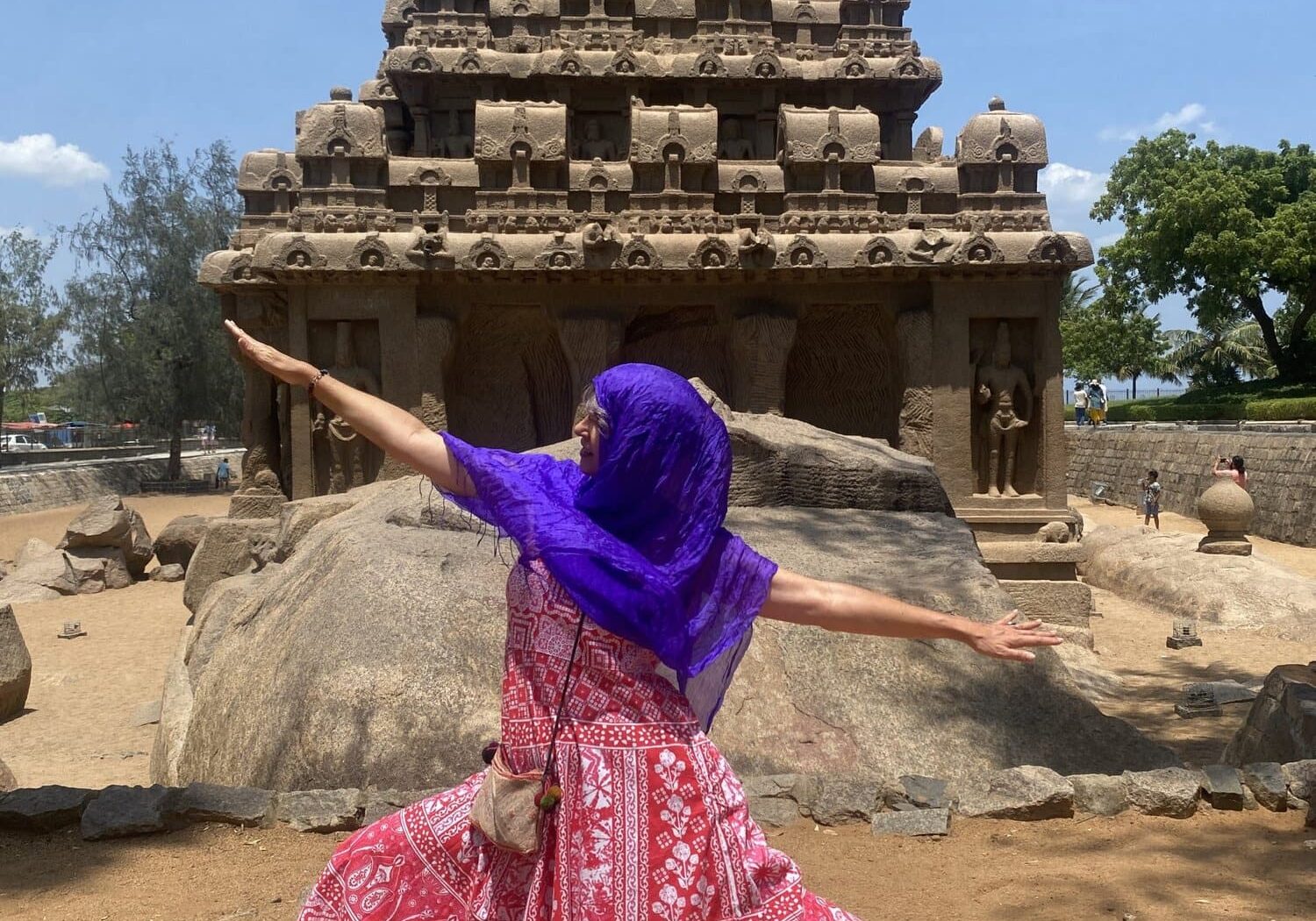
Finding Balance: The Yoga of the Middle Way
Yoga and Buddhism both speak profoundly about balance. But what exactly does "balance" mean? And how can we cultivate it not only on our yoga mats but also in daily life?
Reading time: 2 minutes
In the Yoga Sutras, Patanjali famously says:
"sthira sukham asanam" (YS 2.46)
Meaning, a yoga posture should be steady yet comfortable.
Similarly, Buddhism teaches The Middle Way—a path that avoids extremes, suggesting we live neither too rigidly nor too passively.
Despite originating from different traditions, these teachings share a common essence:
"True balance is neither forceful nor lax; it’s sustainable, adaptable, and mindful."
Balance in Your Yoga Practice
Have you ever found yourself pushing so hard in a yoga class that your body trembles, or perhaps you've relaxed so deeply that you've lost the posture’s integrity?
Yoga encourages you to find two essential qualities in each pose:
- Sthira: steadiness, strength, and engagement
- Sukha: comfort, ease, and relaxation
This idea beautifully parallels the Buddha's Middle Way. The Buddha himself experienced life’s extremes, from indulgence to harsh asceticism, eventually discovering that true harmony lies in the balance between effort and ease.
When practising, try reflecting inward:
- Am I holding unnecessary tension?
- Am I overly relaxed and unsupported?
- How can I find harmony here?
For instance, in Warrior II pose, focus on grounding strongly through your feet and legs (sthira) while keeping your upper body and shoulders soft and relaxed (sukha). This balanced approach allows you to explore the pose deeply and safely.
Effort versus Ease
Yoga and meditation undoubtedly require commitment—but pushing too hard can lead to frustration or injury, while too little effort can lead to stagnation.
Both traditions highlight the importance of a balanced practice:
-
- Yoga: Aim for consistency without forcing.
- Buddhism: Avoid extremes of harsh discipline or lethargy.
Cultivating Harmony Through Mindful Presence.
Try pausing occasionally in your practice to ask yourself:
- Am I pushing myself beyond comfort?
- Could I engage more consciously?
Learning to recognise and adjust your practice cultivates self-awareness and supports personal growth.
Balance in Daily Life
Balance doesn’t stop when you step off your yoga mat. Yoga and Buddhism both emphasise living life mindfully and sustainably:
- Yoga encourages letting go of ego-driven attachments without disconnecting from life.
- Buddhism promotes releasing cravings while remaining present and engaged.
Consider how this might look in everyday scenarios:
- Work and Rest: Maintain productivity without burning out, balancing responsibility with self-care.
- Giving and Receiving: Be generous with others, but also allow yourself to accept support.
- Speaking and Silence: Learn when to express yourself and when to quietly listen.
Balance is never static—it’s a continuous process of self-awareness, adjustment, and mindfulness.
The Ongoing Dance of Balance
Whether you resonate more with Yoga’s "sthira sukham asanam" or Buddhism’s Middle Way, the message is clear:
- Balance is neither extreme nor passive; it exists in the space between.
- It’s not perfection—it’s flexibility and responsiveness.
- It’s not about the one right way—it’s about discovering your unique path, moment by moment.
Both Yoga and Buddhism remind us that balance isn’t a fixed destination—it’s a mindful, ongoing dance through life.







